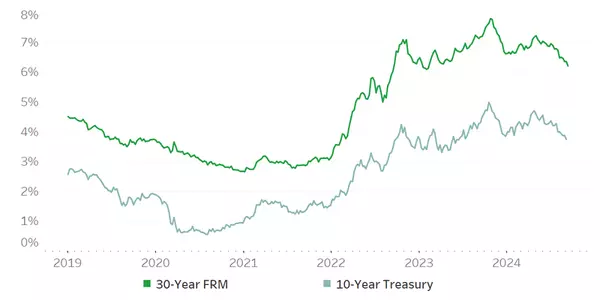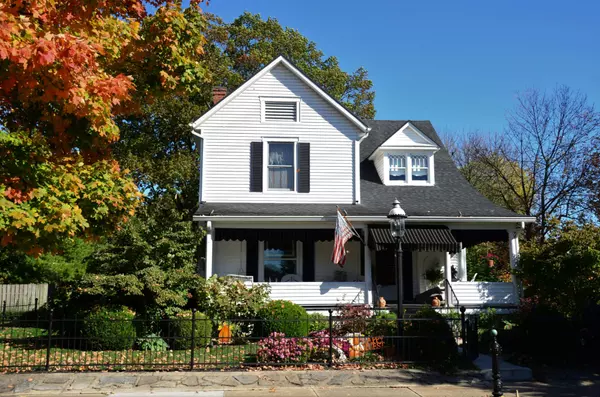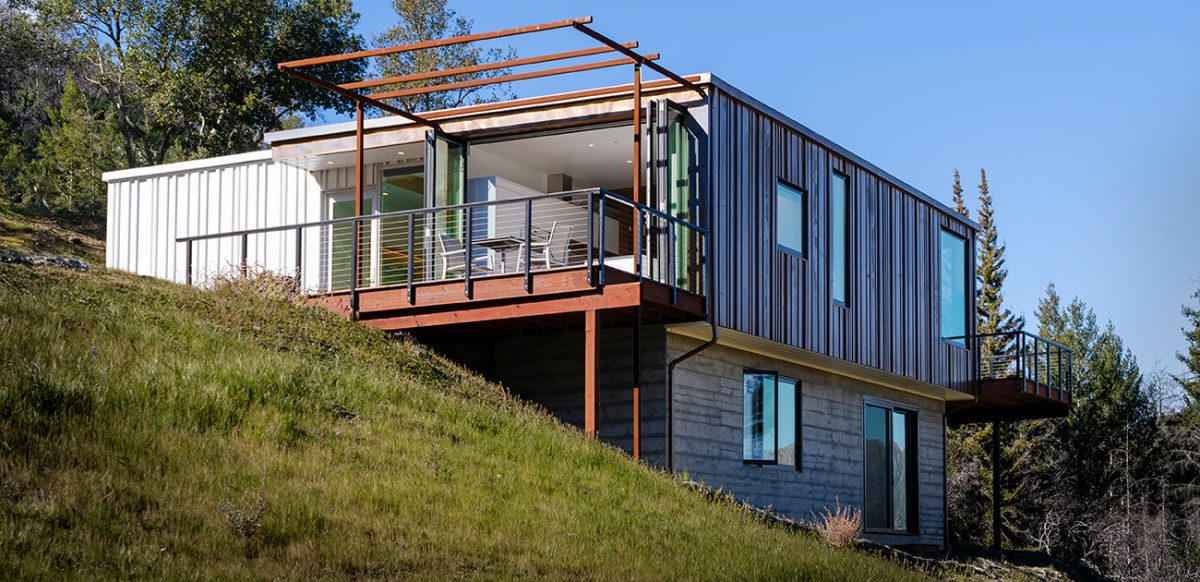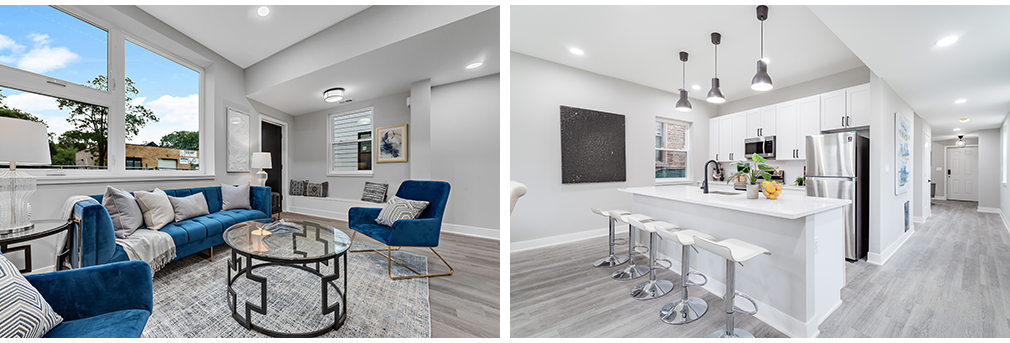What is Modular Construction?
Modular Stacks Up to Stick-built
There have never been more options available in home building than there are today, and yet site-built construction remains the predominant method of building single-family homes. According to analysis from the Urban Institute, site-built (also known as stick-built) construction accounts for 97% of new single-family homes. In fact, over the last two decades, factory-built homes fell from 5% to 3% of single-family home production, peaking just before 2008.
Despite this trend, factory-built homes—also referred to as prefabricated, or “prefab,” homes—offer unique opportunities to address the nation’s housing supply challenges. “Factory-built has the potential to not only increase supply but also solve the implied mismatch,” says Michael Neal, principal research associate and equity scholar at the Urban Institute. The mismatch Neal refers to is the difference between what’s being built and what area households can afford.
“Prefabricated houses are the best-kept secret in America,” says Sheri Koones, a prolific writer on the variety and value of prefab homes. Koones regularly encounters a general lack of knowledge and prevalent misconceptions among consumers. Prefabricated homes encompass several different types of factory-built housing, including modular, panelized and pre-cut. A distinguishing factor among prefab methods is the degree of assembly before the pieces arrive on site. Panelized and pre-cut packages require more assembly, whereas modular units are nearly complete.
One common confusion is the difference between modular and manufactured homes. While both modular and manufactured homes are assembled in factories, they are built to two different codes. Manufactured homes, previously called “mobile homes,” are built on permanent metal chassis in compliance with the federal Manufactured Housing Construction and Safety Standards, also called the HUD code, which preempts state and local codes. Modular homes are built to the same International Residential Code, or IRC, as site-built homes and must conform to state and local regulations.
Modular homes are being built and delivered across America. “We’re designing houses for literally all around the country,” says Geoffrey Warner, principal architect and owner of Alchemy, based in St. Paul, Minn. In Chicago, Joshua Braun, founder and CEO of Kinexx Modular Construction, observes that “modular has been very popular on the West Coast. Primarily what has been driving modular is really the cost of land and the cost of construction. I think that people are starting to realize that modular makes sense because we’re experiencing labor shortages across the country.” Koones shares similar data: “It’s very popular in Washington, Oregon, California. A lot in New England ... not so much in the South, where there is cheap labor.”
There is a surprising diversity in modular’s suitability for different sites. The suburban environment is an obvious application, but builders have had success with narrow urban in-fill and large commercial developments. Modular construction offers advantages for rural and remote sites, too, including islands, and has found a niche in off-grid designer dwellings.
‘An Engineered House’
Modular housing’s defining characteristic begins with design, Warner says. “It’s box space as opposed to, say, barn space. Modular is basically saying, I’m going to build all these rooms, finish everything outside and inside as much as possible and stick that on a truck—a small house made either from one box or multiple boxes.”
Consumer demand for prefabricated homes is hampered by stigma about quality and customization. “People assume that because it shows up in pieces, the quality is less than” a site-built home, Braun says, “and that’s actually completely the opposite.
“Most of my colleagues would agree that modular homes are actually a superior product because you’re getting an engineered house,” Braun adds. “Imagine your home. Now attach a crane to it, pick it up, shake it around, and then put the whole thing back down. That’s essentially what a modular home has to endure. Every modular builder makes some semblance of a box, and the box has to move around the shop, be put onto a truck, driven down the road, and then be put onto the foundation by a crane. In order to maintain the rigidity of the box, it has to be engineered to withstand the rigors of transport. We build a two-story home, and our same material could be used to build a 15-story building.”
Working in a factory has its advantages. Builders can control variables that could compromise and delay site-built construction. “Because we’re building in a controlled environment, our material, our homes, don’t see a drop of rain on the inside,” Braun said.
Greater Sustainability
A tight building envelope is critical for energy efficiency. “When a house is being built on-site, it’s built from the outside in because it needs to be closed up,” says Koones. “You have a chance that the wood could get wet, and at some point, it’s going to turn and twist. That makes a place where air can infiltrate. Modular houses are built from the inside out and all of the components are kept dry.”
Modular construction, by process and design, lends itself to greater sustainability than site-built construction, Koones says. In addition to a tight building envelope, the factory-floor environment allows for more insulation to be packed into walls, roofs, and everywhere in between. “When you build from the inside out, you have an opportunity to put in more insulation, around all the outlets and everything,” Koones said. A highly insulated home is a passive strategy to save on energy costs over a lifetime.
Proponents say precision building on an assembly line also reduces waste during construction.
Speed and Savings
The primary benefit of factory-built construction is efficiency. “Your workforce is all going to this one place every day,” Warner says. “Your kit is right there, and you can take advantage of industrial machinery.”
“Our goal is 90 days or less,” says Braun. “We build a home in about 7 days; our homes are 10 modules each; we deliver each in typically about 6 hours. Then it typically takes us 45 to 60 days to finish it on-site.”
While a custom modular home isn’t necessarily cheaper than a stick-built one, the opportunities for savings multiply with volume-based building. “In our first full year of operation, we delivered 43 affordable homes in the city of Chicago,” says Braun. “These are neighborhoods that desperately need housing on the South and West sides.”
Kinexx was tapped by Structure Development and Fain’s Development to complete the Harrison Row Townhomes project on Chicago’s West Side after the first seven stick-built townhomes were mired by delays and cost increases. In quick time, Kinexx delivered 28 duplexes with three to four bedrooms each at a sale price of about $245,000, compared to Chicago’s median $315,000 home price.
In Koones’ latest book, Prefabulous for Everyone, she addresses America’s housing shortage head-on and profiles a wide variety of homes to illustrate the possibilities of prefab solutions.
One home she describes, the Ashford Weehouse, designed by Geoffrey Warner, is a resilient rebuild of a family home burned in a California wildfire. The artistic three-modular-unit house was designed with future fires in mind and features fire-resistant exterior elements.
Braun knows that “Stick-built buildings are never going away.” But for modular to succeed, consumer education must be a top priority, and land use regulations and construction financing will have to adapt.
“After working on this for 25 years, it’s not a panacea, but it does have utility,” Warner agrees. “I think we can eventually make a difference in terms of how housing and buildings, in general, are produced.”
Myth: Lower Standards
Modular homes are built to the same International Residential Code as site-built homes and must conform to state and local regulations.
Myth: Lower Cost
The speed and efficiency of factory-built housing offers opportunities for cost savings, especially at scale. However, individual buyers shouldn’t expect that a comparable prefab house will be cheaper than a site-built house.
Categories
Recent Posts









Agent | License ID: 40693934-MN | 94076-WI
+1(612) 208-3859 | brian@brianleneweaver.homes



